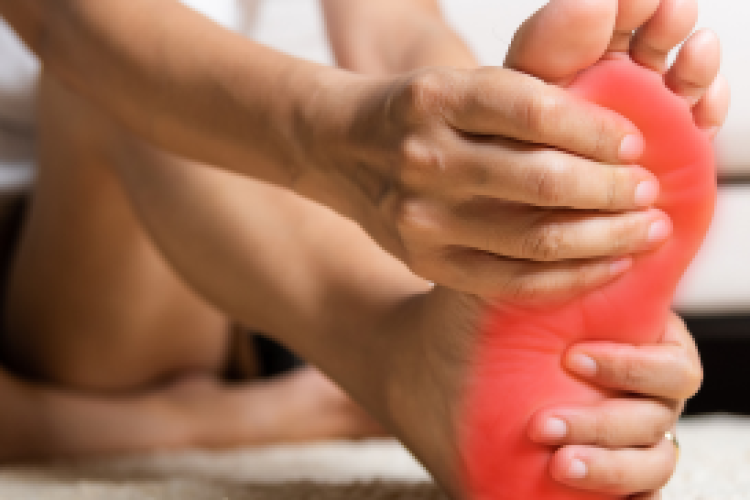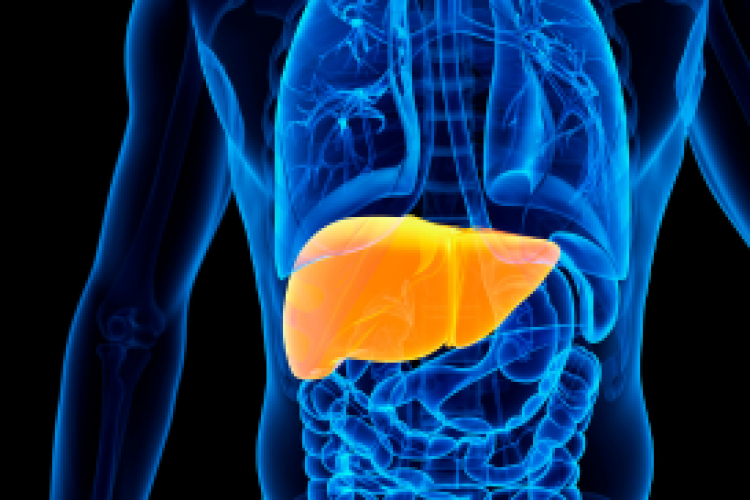When chronic wounds don’t heal, a treatment known as hyperbaric oxygen therapy can stimulate healing. The treatment can help diabetic patients with foot ulcers, people with bone infections that aren’t responding to antibiotics or other treatment, and those with soft tissue injury caused by radiation, says Seby Jacob, M.D., medical director of The Wound Care Center at Montefiore Nyack Hospital. The center recently opened a hyperbaric treatment area complete with two new state-of-the-art hyperbaric chambers.
“We’re very aggressive about having wounds heal and getting patients back to their normal life as soon as possible,” Dr. Jacob says. "Wound care is incredibly complex and wound prevalence will continue to rise as the population ages and the prevalence of chronic diseases like diabetes continues to increase.” She notes the repercussions of not treating unhealed wounds can be serious and potentially devastating—in some cases, leading to amputation.
Hyperbaric oxygen therapy is used for wounds that have not responded to traditional treatments. It increases the amount of oxygen to wounds, allowing them to heal from the inside. A person receiving the therapy lies on a bed encased in a large see-through plastic shell, as they are surrounded by 100% oxygen at higher-than-normal atmospheric pressure. In the chamber, a person’s lungs can gather more oxygen than would be possible breathing pure oxygen at normal air pressure. The blood carries this oxygen throughout the body, which helps fight bacteria and stimulates the release of substances called growth factors and stem cells. This leads to the growth of new blood vessels in the wound and promotes healing.
Patients generally receive 30 treatments, which are given daily Monday to Friday. Each treatment includes about 90 minutes in the chamber, plus an additional 30 minutes of preparation time. “Patients are examined weekly to see how their wound is healing,” Dr. Jacob says. “In two to three weeks we can usually see if the patient is responding to treatment.”
At the weekly visit, the patient’s wound is cleaned out, and the medical staff addresses the patient’s medical issues related to the wound. “For patients with diabetes, we make sure their blood sugar levels are optimized,” Dr. Jacob says. “We work with their primary care doctor and other specialists to make sure their other medical conditions are being taken care of.”
Montefiore Nyack Hospital’s Wound Care Center also offers other wound treatments, which can be used in conjunction with hyperbaric oxygen therapy. These include:
- Negative pressure wound therapy, a medical procedure in which a vacuum dressing is used to enhance and promote wound healing in acute, chronic and burn wounds. The therapy involves using a sealed wound dressing attached to a pump to create a negative pressure environment in the wound. The treatment promotes the growth of new blood vessels and healthy tissue.
- Bioengineered skin grafts, or the use of synthetic skin, is used when a wound won’t heal. “We use it to jump-start the body to heal the wound,” Dr. Jacob says.
Treatments are typically covered by Medicare, Medicaid and most insurance plans and self-referrals are accepted.
At the patient’s first visit to the Wound Care Center, the doctor takes a complete medical history and conducts a physical. “We design a wound care plan with the patient, taking advantage of our multidisciplinary team that includes podiatrists and surgeons,” Dr. Jacob says. “Hyperbaric oxygen therapy is another powerful tool in our wound-healing toolkit.”
The Wound Care Center® at Montefiore Nyack Hospital is located at 160 North Midland Avenue in Nyack. For more information and to make an appointment, contact The Wound Care Center at Montefiore Nyack Hospital at (845) 348-7600.



 Upcoming Events
Upcoming Events



